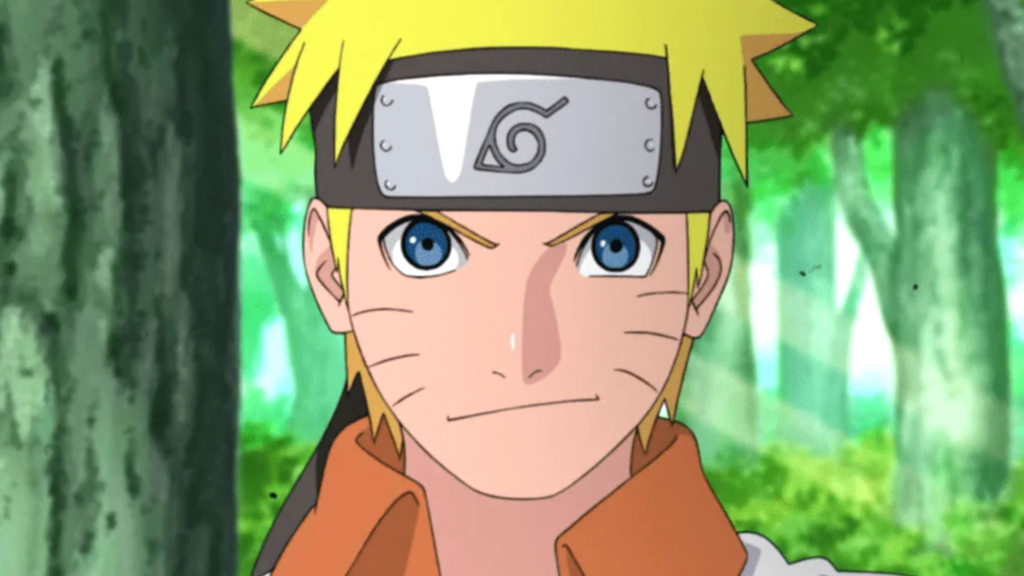On July 17, the official Naruto website unveiled an intriguing Q&A session from last year’s KONOHA EXPERIENCE event in France. This session featured none other than Masashi Kishimoto, the creator of Naruto, alongside Mikio Ikemoto, the co-creator of Boruto, as they engaged with fans and addressed various questions. One of the standout inquiries revolved around a long-standing debate among Naruto enthusiasts: the notion of Naruto as a ‘chosen one.’
A fan posed a thought-provoking question regarding the early narrative of Naruto, which emphasized themes of hard work triumphing over innate talent. The fan inquired about the decision to reveal that Naruto was the son of the Fourth Hokage, asking if Kishimoto had ever contemplated giving Naruto a more ordinary background instead of casting him as the ‘chosen one.’ Kishimoto’s response was insightful and candid, shedding light on his creative process.
He acknowledged the complexity of the question and its relevance to the overarching narrative. “That’s a hard-hitting question, but it does get to the heart of the matter,” Kishimoto stated. Initially, he crafted Naruto’s character to reflect his own struggles with a challenging upbringing. Growing up in a rural area with aspirations of recognition, Kishimoto injected those personal experiences into Naruto’s journey. “Coming straight out of a rural town, desperately wanting to be recognized, but unable to find anyone willing to give me a shot; I took those feelings that defined my childhood and entrusted them to Naruto,” he explained.
As Kishimoto developed Naruto’s story, he gradually garnered recognition and acclaim from audiences worldwide. However, as he achieved this recognition, he found himself grappling with the challenge of continuing Naruto’s story. He shared that the pressures of living up to expectations could weigh heavily on individuals. In light of this realization, he began to explore different narrative avenues, including themes of family lineage and blood ties.
Kishimoto expressed his desire to eventually illustrate his reflections on this theme in a future manga, encouraging fans to remain patient. “I’d like to depict my conclusions regarding that idea in a manga someday, so please wait patiently for it,” he remarked, hinting at future creative projects that might delve deeper into these ideas.
Despite the pressures that come with storytelling in such a beloved franchise, Kishimoto emphasized the importance of maintaining a sense of balance. He shared, “I have learned to maintain my own equilibrium despite the current situation, and still live in a healthy manner throughout the series’ ups and downs.” This insight into Kishimoto’s mindset offers fans a glimpse into the challenges and triumphs of being a creator in the anime and manga industry.
Many fans are eagerly anticipating Kishimoto’s next project, especially after the serialization of Samurai 8, which ran from 2019 to 2020, was cut short. In the same breath, Kishimoto reaffirmed his role in the Boruto series, clarifying the evolution of his involvement. He explained that the workflow for Naruto was significantly different from that of Boruto. “For Naruto, I was in charge of both the story and the main illustrations, while Ikemoto helped with things like illustrating backgrounds and drawing shadow doppelgangers,” Kishimoto detailed. “For Boruto, Ikemoto is completely in charge of the story and main illustrations. It really is Ikemoto’s manga.”
This shift in responsibilities marks a significant transition in their collaborative dynamic. Following the departure of Ukyo Kodachi, who had adapted Kishimoto’s original concepts for the Boruto manga up until Chapter 52, the official Naruto X account announced that the series would now follow Kishimoto’s original draft. This change has sparked interest among fans, as they wonder how the series will evolve under Ikemoto’s stewardship.
Throughout the Q&A, Kishimoto’s reflections on the themes of recognition, struggle, and family lineage resonate deeply with the audience. The journey of Naruto, a character who embodies the fight for acknowledgment, mirrors the experiences of many fans who find solace and inspiration in his story. Kishimoto’s willingness to share his creative process and personal experiences adds a layer of depth to the narrative, inviting fans to connect with the characters on a more profound level.
As the conversation unfolded, it became clear that Kishimoto’s journey as a creator is not just about telling a story; it’s also about personal growth and understanding the complexities of human emotions. The character of Naruto serves as a vessel for exploring these themes, making the series relatable to readers from all walks of life.
In conclusion, the insights shared during the KONOHA EXPERIENCE Q&A shed light on the intricate relationship between a creator and their work. Kishimoto’s thoughtful responses and willingness to address challenging questions reflect his dedication to crafting a story that resonates with fans. As Naruto continues to evolve, both as a character and as a franchise, audiences are left with a sense of anticipation for what lies ahead—whether it be new manga projects, further exploration of themes like identity and legacy, or deeper character developments in Boruto. The legacy of Naruto remains strong, and fans are eager to see how Kishimoto’s creative journey unfolds in the future.
